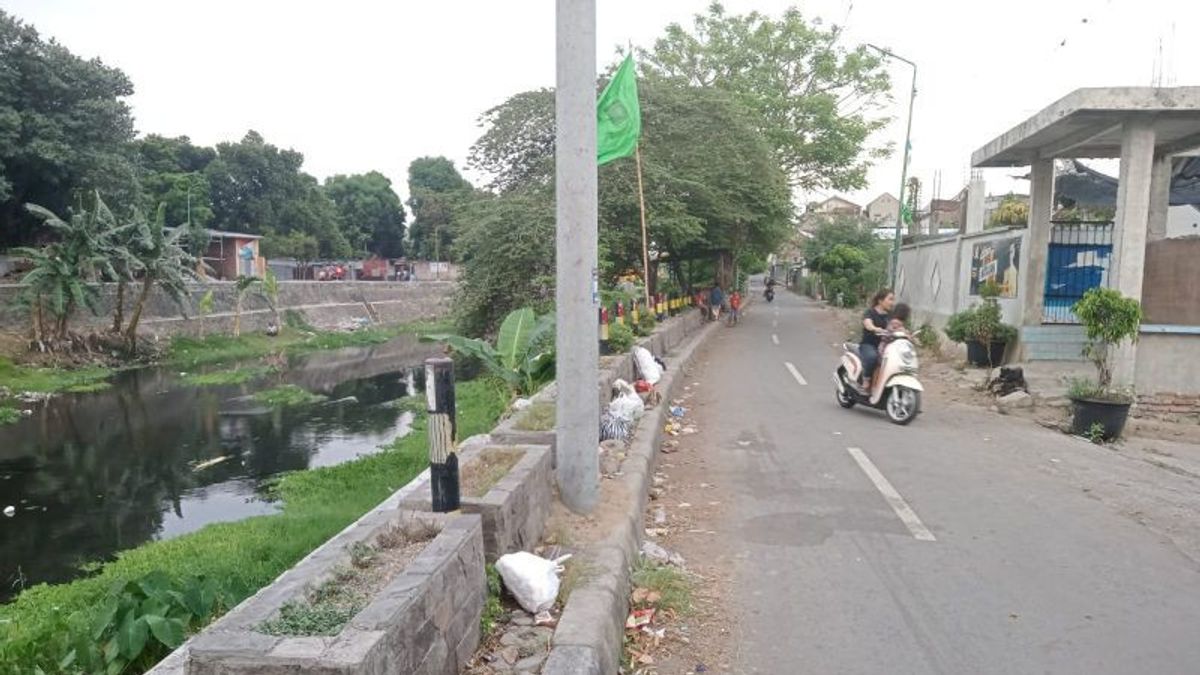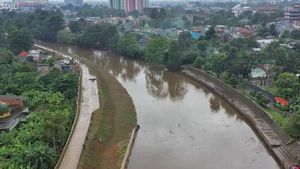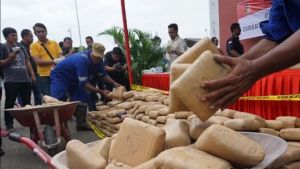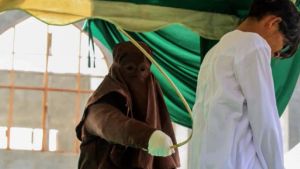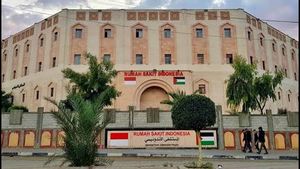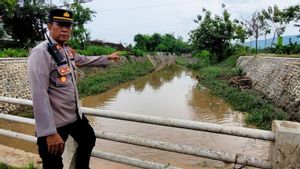JAKARTA - The Department of Housing and Settlement Areas (Disperkim) of Mataram City, West Nusa Tenggara (NTB) Province, said the remaining slum areas in Mataram City were around 75 hectares.
"The rest of this slum area is targeted to be completed in five years in accordance with the Mataram City RPJMD (Regional Medium-Term Development Plan)," said Head of the Mataram City Disperkim M Nazaruddin Fikri in Mataram, Tuesday, November 7, as reported by Antara.
As many as 75 hectares of the slum area of Mataram City, he continued, were spread over several points, especially the Jangkuk City, Coastal and Watersheds (DAS).
For the Jangkuk watershed area, the remaining slum areas are about five hectares and currently various riverside structuring programs are being carried out through the council's main ideas.
"Meanwhile, for 2024 we are waiting for a new program from the central government because the City Without Slums Program (Kity Ku) no longer exists. That applies throughout Indonesia," he said.
The Mataram Hartati City City City Program Coordinator previously said that in 2015 the Mataram slum area reached 803 hectares, then continued to decline until in 2020 there were 112 hectares remaining and now there are 75 hectares remaining in 2023.
"With various interventions that have been carried out since 2015, slum areas in Mataram have continued to decrease until now to 75 hectares," he said.
SEE ALSO:
According to him, the remaining 75 hectare slum areas are mostly in the southern Jangkuk watershed in the Kebon Lelang area, Selaparang, Ampenan District.
"The area of slum areas in the Jangkuk watershed is around 16 hectares, the rest is spread and small so that it can be handled independently by the Mataram City Government," he said.
The handling of slum areas on the Jangkuk watershed is planned with the opening of roads along the riverbank from the Dasan Agung Bridge to the Ampenan Bridge as in the northern Jangkuk watershed.
The opening of roads on the Jangkuk watershed, he said, could have a significant impact in reducing slum areas, because roads in the area would be more organized and neat.
"If roads are opened, the slum aspect can be intervened, both from the road, drainage, houses, garbage, clean water, and mitigation of fire disasters," he said.
The English, Chinese, Japanese, Arabic, and French versions are automatically generated by the AI. So there may still be inaccuracies in translating, please always see Indonesian as our main language. (system supported by DigitalSiber.id)
